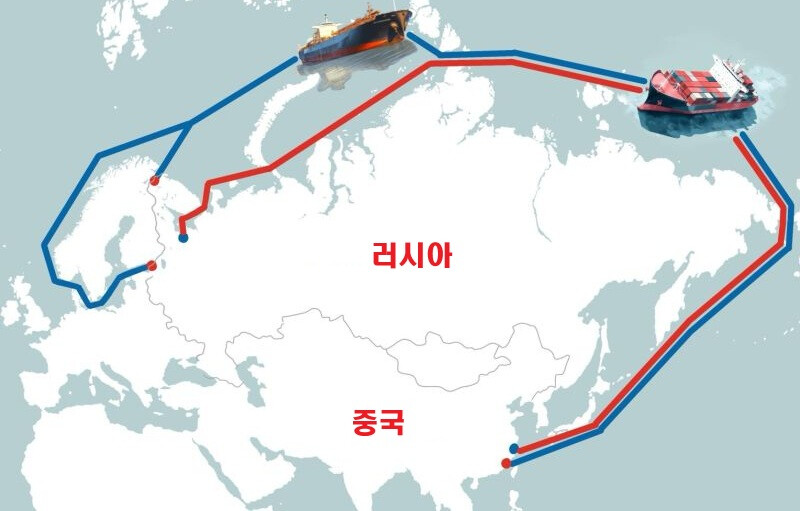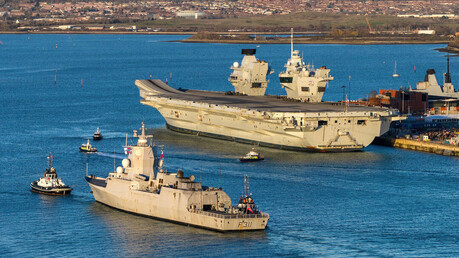
FELIXSTOWE, U.K. — China has successfully completed the inaugural voyage of its ambitious China-Europe Arctic container express route, dramatically cutting the transit time to Europe and signaling a significant shift in global supply chains. The maiden journey, which utilized the Northern Sea Route (NSR) across the Arctic Ocean, arrived at its first European destination in a record time, bypassing the traditional, lengthy southern sea lanes.
The container vessel, named 'Istanbul Bridge,' docked at the Port of Felixstowe in eastern England on the night of October 13 (local time). The ship departed from China’s Ningbo-Zhoushan Port on September 22, completing the voyage in just 20 days.
A New Silk Road on Ice
This transit time marks a major milestone, as it is nearly half the duration of the conventional Suez Canal route, which typically takes over 40 days, and far shorter than the 50-plus days required to sail around the Cape of Good Hope, a route increasingly used since the Red Sea crisis. Even the China-Europe freight rail service, which is a key part of the Belt and Road Initiative, takes approximately 25 days.
The 'Istanbul Bridge,' operated by Sea Legend Line Limited (Haijie Shipping), carried approximately 4,000 TEUs (twenty-foot equivalent units) of cargo, including high-value and time-sensitive goods such as lithium-ion batteries and solar-related products.
Li Xiaobin, Chief Operating Officer of Sea Legend Line, noted that the route's cooler temperature conditions were particularly suitable for transporting heat-sensitive cargo, while the reduced transit time significantly streamlines the global supply chain, potentially reducing required business inventory and cutting capital costs.
The vessel’s journey, which was initially projected to take 18 days, was delayed by two days after encountering Storm Amy in the Norwegian Sea. Following its call at Felixstowe, the ship is scheduled to continue on to ports in Germany, Poland, and the Netherlands.
Commercial Viability and Geopolitical Implications
The successful completion of this journey validates the commercial viability of the Arctic route, which Chinese state media has dubbed the 'Ice Silk Road.' Global warming, which has led to a faster-than-average melting of Arctic sea ice, has made the Northern Sea Route seasonally navigable (typically from July to November), creating a strategic alternative to congested or crisis-prone southern routes.
While the new route promises economic benefits, including a shorter distance and lower carbon emissions per voyage, it is not without challenges. These include the short navigation window, the need for specialized ice-class vessels, the risks associated with extreme weather, and rising geopolitical concerns, particularly its reliance on the Russian-controlled NSR.
Despite the challenges, the achievement by 'Istanbul Bridge' underscores China's commitment to diversifying its trade routes and solidifying its role as a key player in Arctic shipping, with the goal of a major boost to global supply chain optimization. The success is expected to spur further investment and development in Arctic infrastructure and more seasonal container services between Asia and Northern Europe.
[Copyright (c) Global Economic Times. All Rights Reserved.]




























